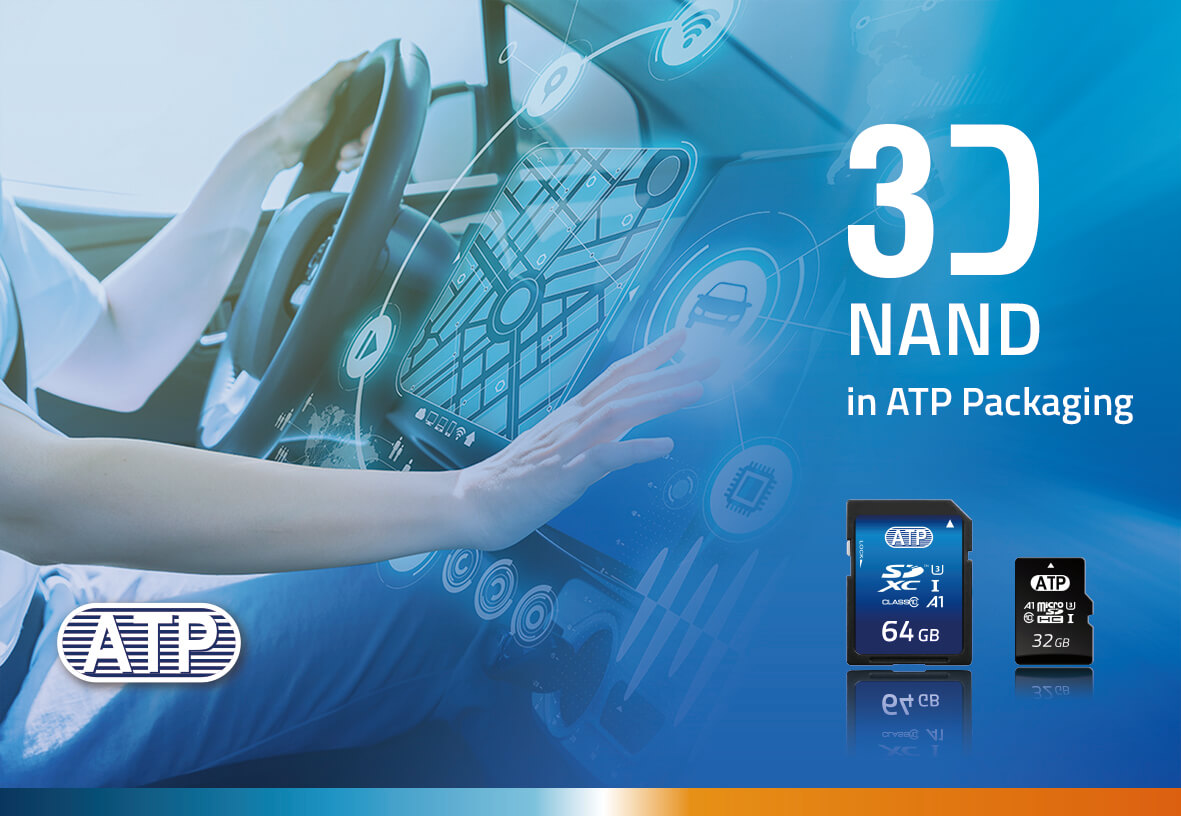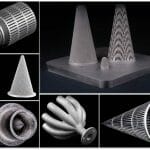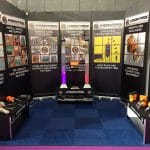Uncompromising performance and reliability meet tough automotive requirements
Technology is radically changing the driving experience by enhancing comfort and safety with driver monitoring systems and autonomous technologies. These sophisticated systems generate unprecedented volumes of data that need to be stored, retrieved, transmitted, processed and analysed. Given the safety and life-critical challenges of automotive applications, what storage options are available?
High-capacity memory cards are the obvious choice, as they are small, light and can hold vast amounts of driving data. Self-driving cars, for example, generate about 4 TB of data daily* in just an hour and a half of driving. (Source: https://newsroom.intel.com/editorials/self-driving-cars-big-meaning-behind-one-number-4-terabytes/)
Extreme reliability & performance
3D NAND technology is increasingly being adopted in flash storage. Does 3D measure up to the tried-and-tested planar 2D, and is it the right time to switch?
By stacking memory cells vertically, 3D NAND has higher reliability compared with 2D NAND due to lower cell-to-cell interference. 3D NAND memory cards employ either charge trap (CT) or floating gate (FG) architecture. In theory, CT’s thinner tunnel oxide requires lower tunneling voltage, resulting in higher overall endurance. FG, on the other hand, is more suitable for data retention at high temperature. Ultimately, only hard evidence or test data should be trusted to determine which solution is suitable for automotive requirements. Regardless of the solution, it is important to allow the cards to perform reliably in extremely low or high temperatures as vehicles go through different thermal cycles. Additionally, considering the massive random data transactions, memory cards are well suited to the high storage demands of future autonomous vehicles.
It’s what’s inside that counts
Not all memory cards are created equal. Typical consumer cards are not built for rigorous driving conditions, while industrial cards made specifically for automotive applications are meticulously tested from IC to mass production level to enable them to withstand extreme temperatures, vibration/shock, humidity, sudden power loss and other challenges.
With 3D NAND technology, industrial memory cards have higher densities and lower cost per bit. Beyond capacity benefits, they are also highly customizable, allowing an increase in performance and lifespan depending on customer requirements and device configuration.
They are ideal for data-rich applications such as road recorders, in-vehicle infotainment, navigation systems and advanced driver assistance systems (ADAS). Selecting the right cards maximises uptime, engineering resources and customer satisfaction so it’s important to select application-tailored solutions from industry experts.
ATP manufactures 3D MLC memory cards in its own purpose-built factory. With over 25 years of expertise in handling critical processes from IC screening, testing and validation right up to production, ATP offers a full range of NAND flash products that meets and exceeds the stringent requirements of automotive applications such as high densities, tolerance to wide temperature ranges and excellent data retention.








